Visiting Patagonia
Patagonia is one of the world’s last frontiers: a rugged landscape where condors soar, the aurora australis casts an otherworldly glow, and kayakers journey past electric-blue glaciers. With such an incredible array of sights, it’s no wonder that it tops travelers’ bucket lists. Check out this Patagonia travel guide for visiting Patagonia.
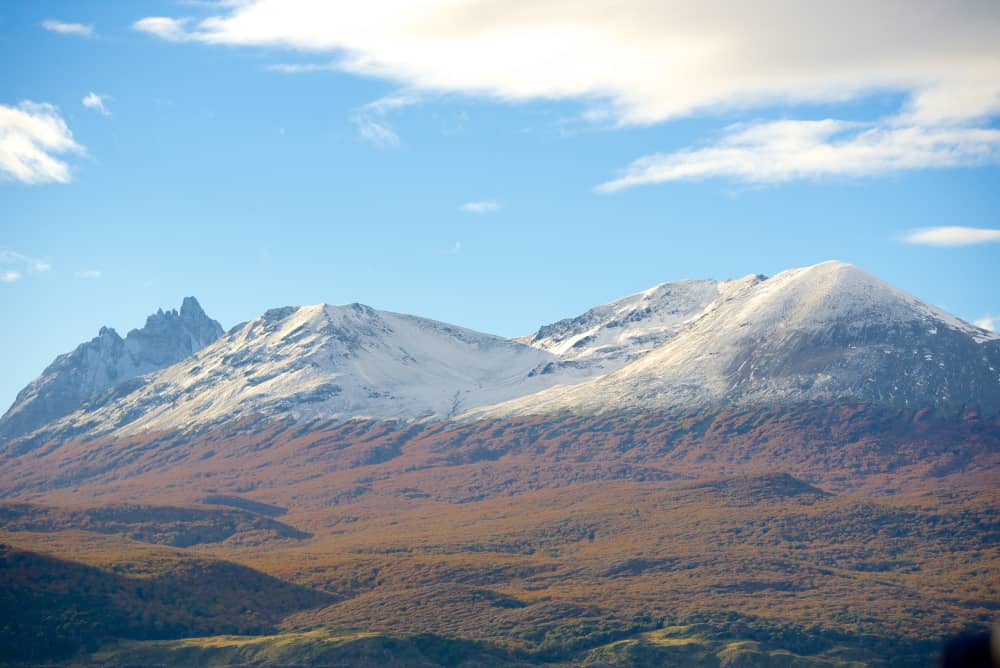
Getting to Patagonia
Patagonia is so wild, remote, and vast – nearly 400,000 square miles – that the journey there is part of the experience. This isn’t a weekend destination shadowed by jumbo Boeing 747s, it’s an astounding land of jagged mountains, sleepy glaciers, and petrified forests, where intrepid travelers willing to hop on several flights will be rewarded with the adventure of a lifetime. And, although certain areas have become hot spots for well-heeled globe-hoppers to mingle over haute cuisine and craft beer – see El Calafate – the lonely Cholila roads that were once haunted by Butch Cassidy still stretch to an infinite horizon, the quaint Welsh settlements still stand stoically amid the fierce winds, and paleontologists are still unearthing the bones of mysterious dinosaurs that roamed Bajada Colorada 140 million years ago.
If you’re planning on heading to Argentine Patagonia, you’ll want to hop a flight to Buenos Aires Airport, where you can then grab a city-hopper to El Calafate, Neuquen, or Ushuaia. Aerolíneas Argentinas offers connections from Buenos Aires to Bariloche and Trelew, and Líneas Aéreas del Estado provides further city connections from there.
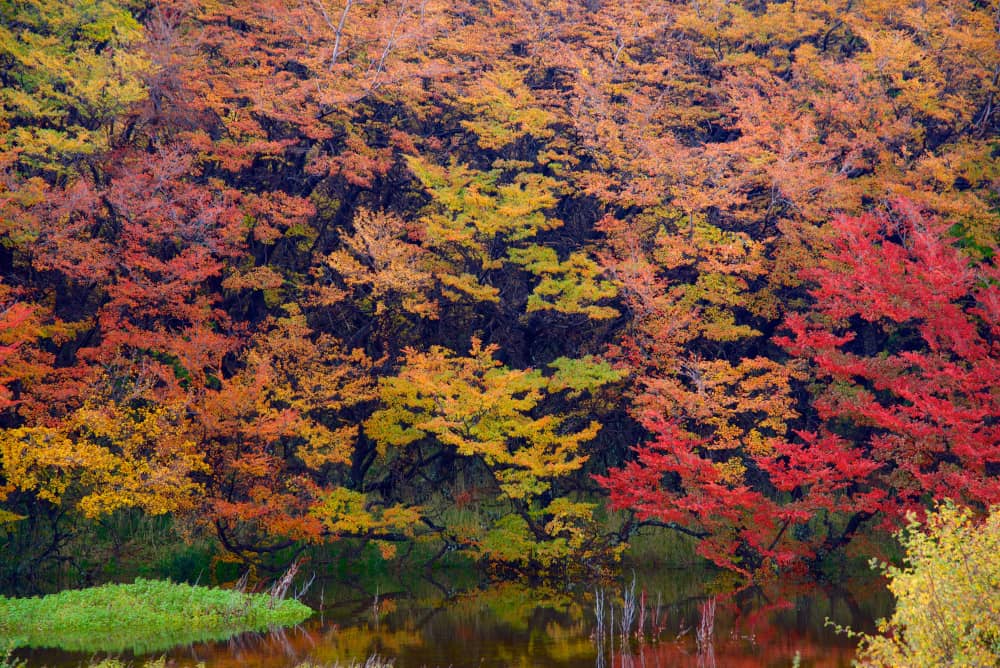
If your travels will take you to Chilean Patagonia, then you’ll want to fly into Presidente Carlos Ibáñez del Campo International Airport in Punta Arenas, or Santiago International Airport, and then make further connections to Puerto Montt or Balmaceda. Check out LATAM Airlines to see what’s offered.
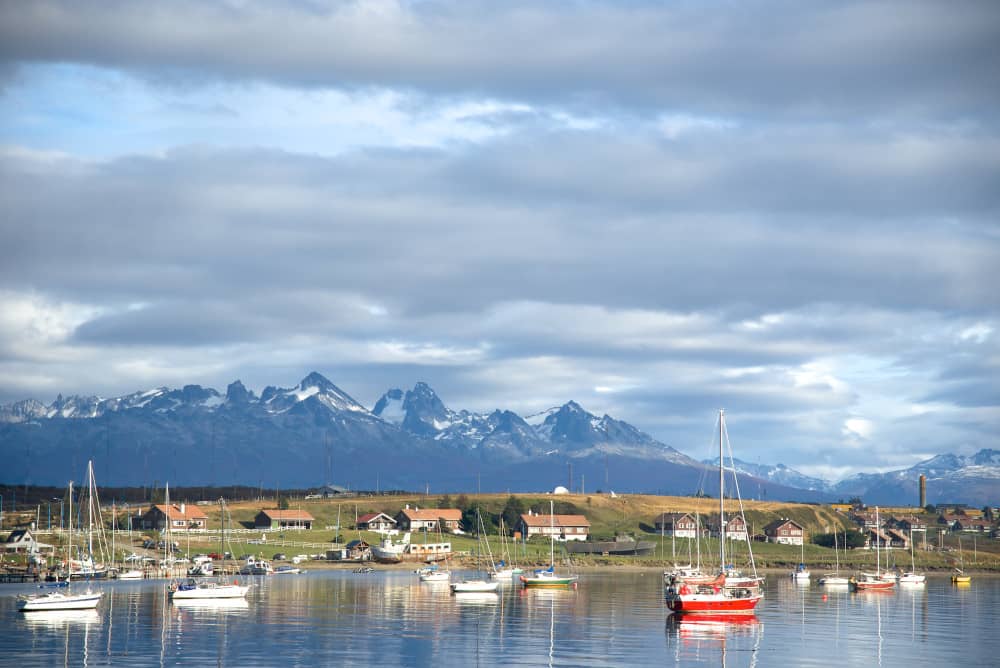
Flying to Patagonia is the most convenient option, but it’s also possible to visit the area by rental car, although miles of unpaved roads and the vast stretches of land between gas stations makes it more of an option for die-hard road trippers with a lot of time to explore. If you do decide to see Patagonia by car, remember that the weather can be unpredictable, and the best time for traveling is probably between mid-November and late March.
Where to Stay in Patagonia
Patagonia doesn’t offer the huge selection of high-end hotels and trendy boutique accommodations found in more cosmopolitan areas, but, of course, that’s not why people flock here. Expect your quarters to be like Patagonia itself: one-of-a-kind and au natural. That’s not to say that you won’t find the odd spa resort, luxe lakeside retreat, or chic glamping pitch, but the area’s rich with rustic hotels, low-key lodges, and estancias (working farms offering visitors a taste of traditional gaucho life.)
Of particular note are the refugios – wallet-friendly lodges catering to trekkers in remote areas. Most provide dorm-style rooms, regional meals, and a convivial, communal atmosphere, and offer a great chance to connect with other travelers after a long day on the trails.
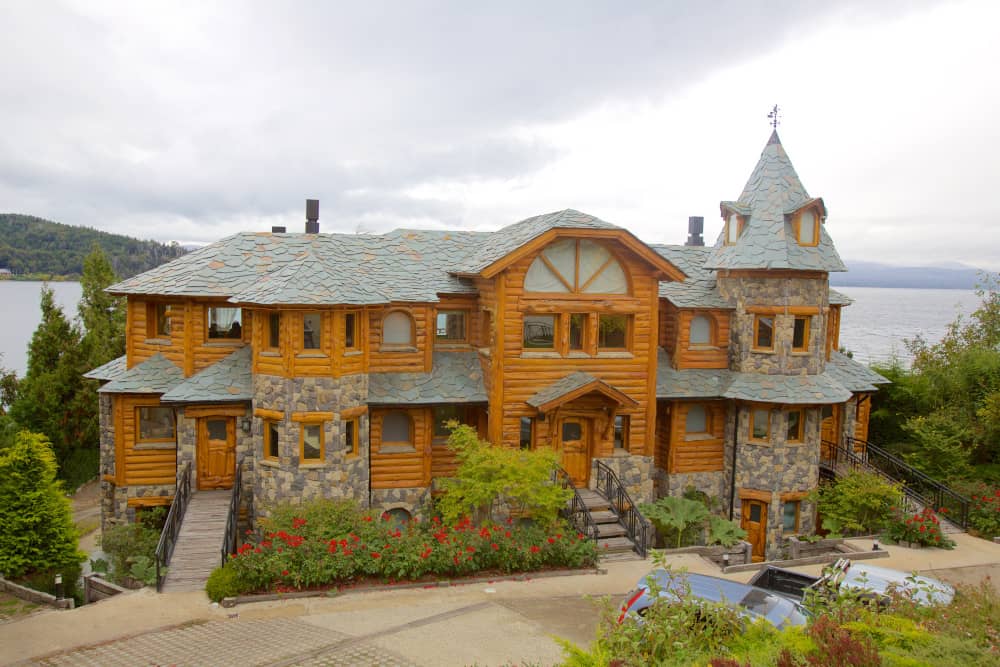
If you’re wondering where to stay in Patagonia, you’ll find a number of lodging options showcasing the area’s pristine wilderness, ranging from campsites on 20,000-acre sheep farms in Tierra del Fuego, to upscale, Alacalufe-inpsired geodesic domes at Ecocamp Patagonia, a fully sustainable property in Torres del Paine National Park.
Travelers looking for a quirky stay with jaw-dropping views can book a treehouse cabin or a boat-turned-bunglaow with its own zipline at Terra Luna Lodge, a lakeside property in the shadow of sky-scraping Monte San Valentin.
What to do see in Patagonia
A trip to Patagonia is never short on adventure. There are six national parks spread between Argentina and Chile – all offering their own charms – but perhaps the biggest draws are Torres del Paine and Tierra del Fuego.
Torres del Paine is one of the most wild and breathtakingly beautiful places on earth, and the astonishing scale of the Chilean landscape will leave you gawping at the soaring mountains, lush forests, and luminescent, wind-sculpted icebergs. Take a dawn hike to the eponymous Towers of Paine, snap some photos of the pumas, guanacos, and mammoth Andean condors, and plan a kayaking trip to Glacier Grey.
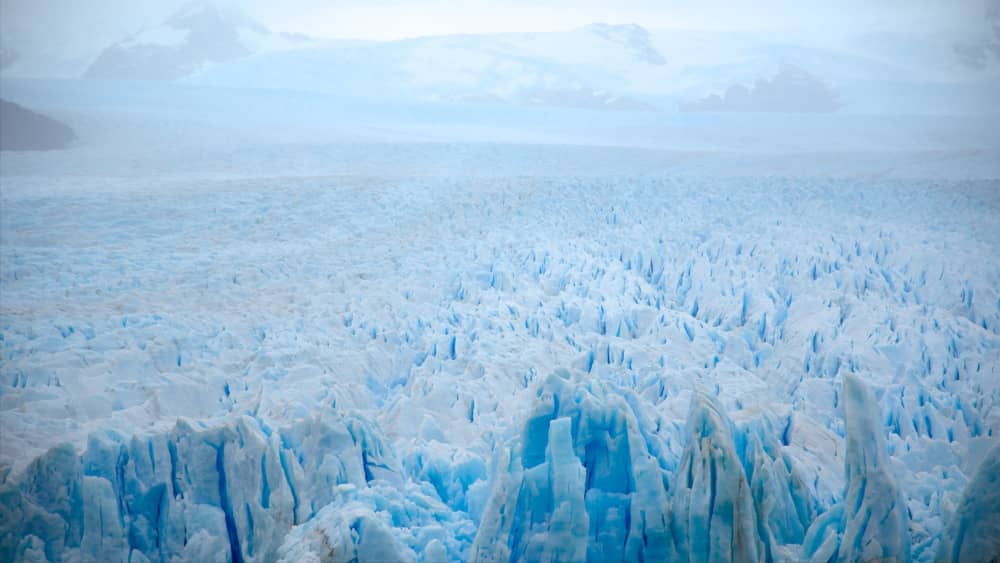
Tierra del Fuego, meanwhile, is a great spot for hikers wanting to explore the waterfalls, Antarctic beech forests, and secluded beaches, as well as soak up the views of the Beagle Channel. The Senda Costera is a popular hiking trail running between Ensenada Bay and Lapataia Bay, and offers a fairly non-taxing 3-hour trek. If you’d rather kick back while exploring the park, then hop on the End of the World Train, a former prison train running to lively Ushuaia, the world’s southernmost city.
Snowbirds will want to make a detour to Cerro Castor, a serene ski resort 26 km from Ushuaia, while cyclists can plan an epic journey down Chile’s magnificent Ruta 7 or Argentina’s 5,000-km-long Ruta 40, a sweeping route that runs through Cholila, where riders can make a pit stop at Butch Cassidy’s former cabin.
If you’re looking to experience Patagonia through the eyes of a gaucho, then sign up for a horse riding expedition. Horse riding is a great way to see any part of Patagonia – “slow travel” is a mainstay here – but of particular note is the Río Puelo valley, a raw expanse offering plenty of off-the-grid opportunities for fly fishing, paddle boarding, and swimming.
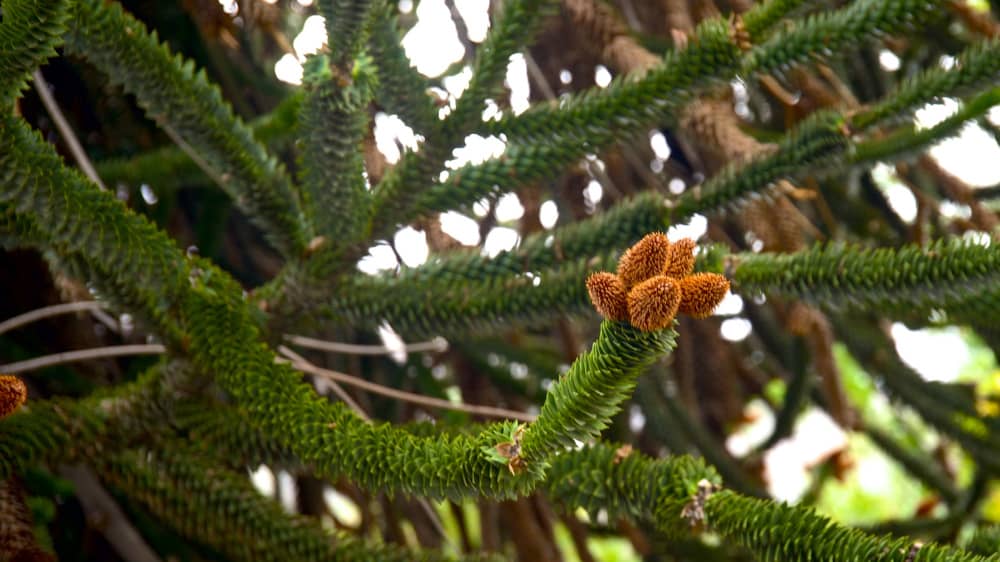
Many travelers will end up in the restaurants and souvenir shops El Calafate, especially if they’re planning on visiting the nearby Glaciar Perito Moreno, but Patagonia’s smaller cities and agricultural towns are also worth a visit. Rawson offers an intriguing look at traditional Welsh coastal life – it was settled by Welsh immigrants in the 19th century – while Puerto Madryn is a hot spot for whale watching, snorkelling with sea lions, and strolling with penguins in nearby (by Patagonian standards) Punta Norte.
What to Bring to Patagonia
When you’re thinking about what to bring to Patagonia, it’s important to remember that the weather is completely unpredictable, and you’ll often encounter four seasons in a single day. In other words, you’ll need to pack light enough to be mobile, but bring enough to be prepared for anything.
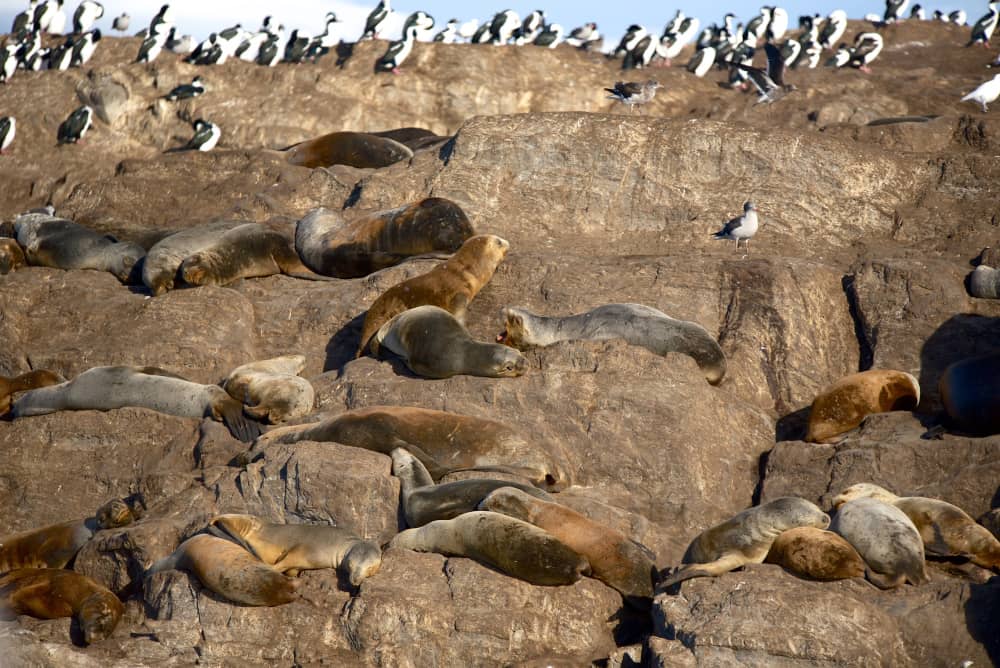
Standard items should include wool socks and thermals – even in Austral summer (December to February), as chilly winds and sleet can appear at any moment. The sun should also be considered, so a hat, sunglasses, and high-SPF sunscreen are recommended. A Gore-Tex jacket is fairly de rigueur on the trails, as it’s lightweight, waterproof, and breathable. Make sure you have a waterproof backpack that’s large enough to accommodate rations, emergency medical supplies, and water for at least a full-day’s hike: finding one that can fit a 3-liter hydration bladder is a plus.
You’ll encounter the odd adventurer in sandals or sneakers, but you’ll also want a sturdy pair of hiking boots – preferably waterproof – that you’ve already broken in to avoid blisters. If your planned activities include fly-fishing, you’ll need a pair of knee-high waders as well, while travelers taking a long-distance biking trip will want to pack a pair of light-weight cycling shoes.
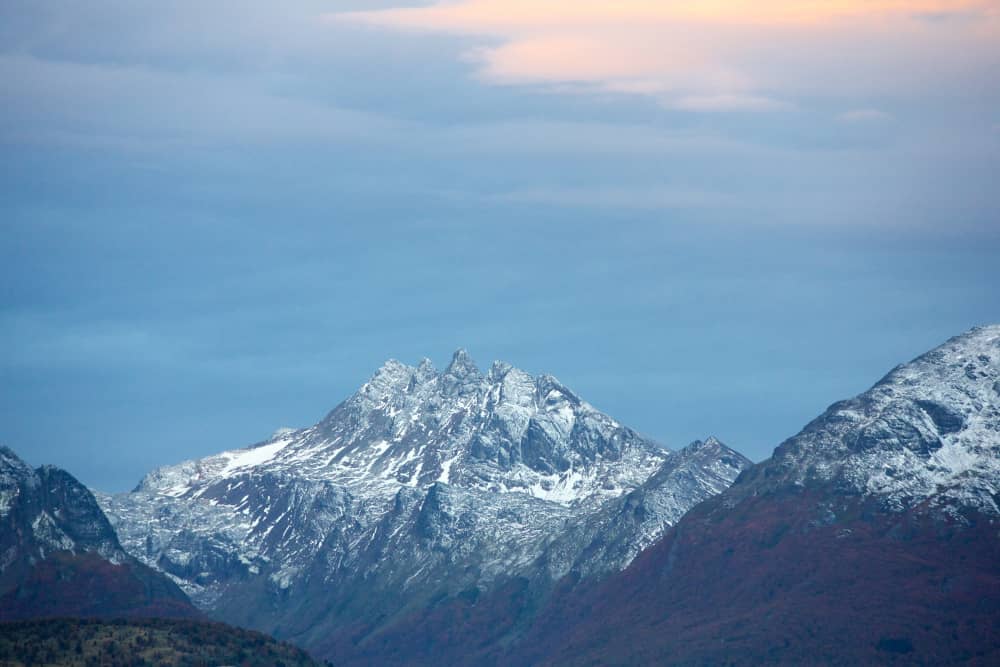
If you’re planning on taking a proper camera to capture some shots of the amazing aurora australis or the whales off Puerto Madryn, then you’ll need to think about waterproofing your gear with a rain cape or a sleeve.
Offering a huge selection of one-of-a-kind experiences and unforgettable sights, Patagonia is a daring traveler’s dream. Check out Expedia’s selection of accommodations in Patagonia and book your next adventure today!
More Articles With Destinations
Finding wheelchair-accessible things to do in London can often be a tricky task that require extra research and planning but a new app will help you find all the best accessible attractions and restaurants.
Join a Disney podcaster and mega fan for some insider tips.
He's analyzed this year's forecast, researched the historical likelihood of Christmas Day snow, and stirred in a bit of weatherman’s intuition to come up with his holiday list.
UAE's capital is an ultra-modern city where big desert, epic adventure, and next-level luxury come together to offer the perfect getaway.